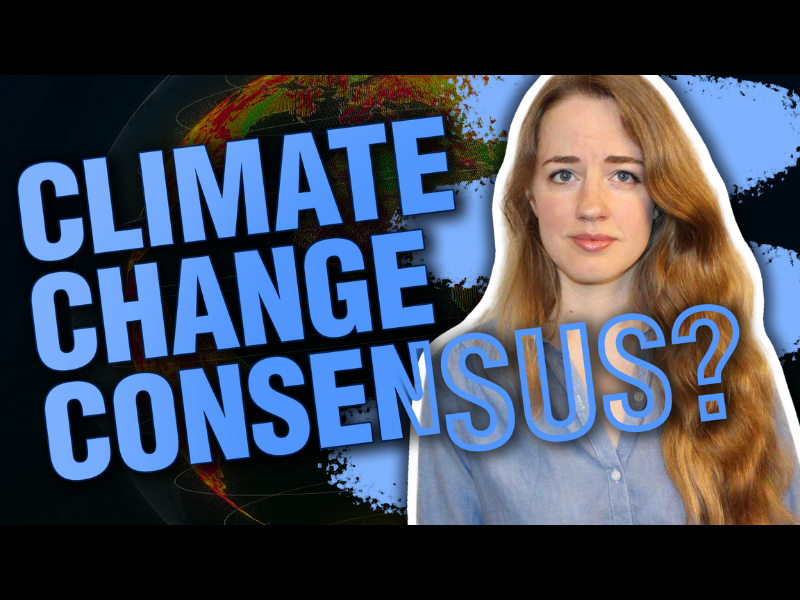From all over the world, city officials visit my home town of Portland, Oregon, to learn the wonders of “smart-growth” planning. Urban mayors ooh and ah over Portland’s light rail, while planners thrill to the region’s urban-growth boundary and transit-oriented development.
The plans are less thrilling to local residents. Light rail, transit-oriented developments, and urban-growth boundaries are rapidly increasing congestion, housing prices, and development of urban open spaces.
The failure of light rail
Supposedly an inexpensive way to reduce congestion, light rail is neither inexpensive nor does it reduce congestion.
- Portland’s first light-rail line cost 55 percent more than anticipated.
- More recent light-rail proposals are projected to cost $100 million per mile–enough to build several miles of four-lane freeway–yet existing light-rail lines carry fewer people than a single freeway lane.
- At speeds around 20 miles per hour, light rail is too slow to attract drivers out of their cars. It is even slower than many of the buses it replaces.
- Before building light rail, Portland transit was gaining market share from the auto. Since building it, Portland transit has steadily lost market share and now carries only about 2 percent of Portland-area trips.
Transit-oriented development no better
Transit-oriented development is another colossal failure. High-density mixtures of residential and commercial uses located along transit routes are supposed to encourage walking or transit riding rather than driving. That’s a wonderful theory, but in practice few Americans will live without autos. This means developers won’t build transit-oriented developments without subsidies.
Ten years after Portland’s first light-rail line was built, the city was so disappointed about lack of development along the route that it offered ten years of property tax waivers to anyone building near rail stations. One major development along the light rail, Beaverton Round, received $9 million in infrastructure subsidies and tax waivers. But no one wanted to move in, so the developer faced foreclosure. The city recently put up another $3.4 million to keep the project alive.
Urban-growth boundary the third strike
Portland’s other planning legend is its urban-growth boundary, outside of which development is restricted. Drawn in 1979 to include enough vacant land for an estimated twenty years’ worth of growth, planners promised to expand the boundary when more land was needed.
By 1990, most vacant land was developed and land prices were rising. But by then the boundary was sacred and some people loudly opposed any expansion. Although planners added a small amount of land, they decided to accommodate most growth by re-zoning existing neighborhoods and urban open spaces to permit higher density developments.
Planners required Portland and 23 suburbs to meet population targets through re-zoning. To meet those targets, cities are re-zoning neighborhoods of single-family homes for apartments. In these areas, if a house burns down, the owner must replace it with an apartment building. Cities are also re-zoning golf courses, 10,000 acres of prime farm land, and other open spaces to high-density development. Low densities are forbidden in these zones.
Such zoning is producing high apartment vacancy rates, while single-family home prices have skyrocketed. In 1989, Portland was one of the most affordable U.S. housing markets; since 1996, it has been one of the five least affordable.
“Smart growth” means congestion
In 1990, 92 percent of Portland-area trips were by car. Planners calculate that density, rail, and transit-oriented development will reduce this only to 88 percent. When combined with predicted population increases, the end result is actually 67 percent more miles of auto driving.
Planners refuse to significantly increase road capacities for those added miles. Instead, to discourage driving, they are actually reducing road capacities through what they call “traffic calming”: putting barriers in roads to reduce speeds and traffic flows.
Residents say they want less, not more, congestion, but planners claim that “congestion signals positive urban development” and predict their plan will triple congestion. With congestion comes pollution: Planners admit their plan will increase smog by 10 percent.
Planners gained the power to do these things by promising to save Portland from becoming like Los Angeles, the U.S.’s most congested city. Los Angeles is also the nation’s densest metropolitan area and the one with the fewest miles of freeways per capita. After reviewing statistics for 50 major U.S. urban areas, Portland planners concluded that Los Angeles “displays an investment pattern we desire to replicate” in Portland.
Of course, they didn’t say so very loudly.
If your idea of a livable city is Los Angeles–unbearable congestion, air pollution, unaffordable housing, and shortages of open space–then by all means use Portland as your model. If instead you prefer a city with less congestion and pollution, and more affordable housing and urban open space, then you had better look elsewhere, because that is not what Portland is getting.
Randal O’Toole is senior economist with the Thoreau Institute and a lifelong resident of Oregon. He can be reached by email at [email protected].



